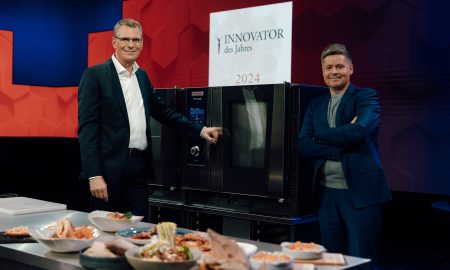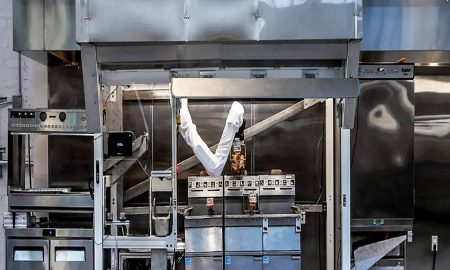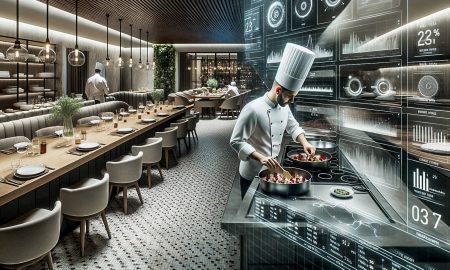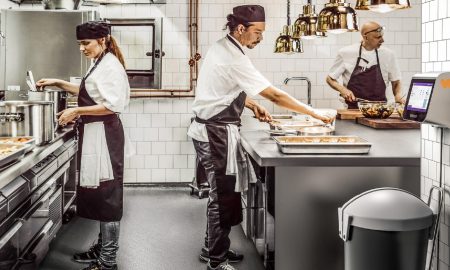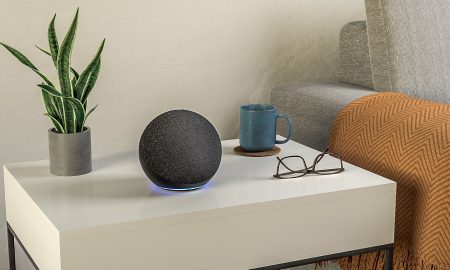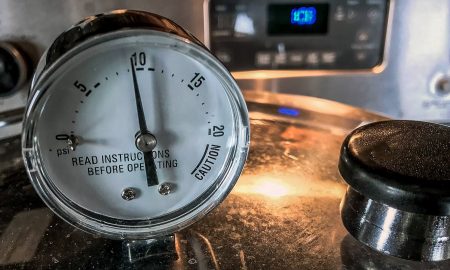‘Alexa, ask the BBC to play Radio One,’ you might say first thing in the morning, before enquiring about today’s weather and perhaps even requesting that she switch off the lights when you leave for work.
Voice recognition technology like Amazon’s Alexa and Google Assistant is also being used more and more for home healthcare, as well as filtering into foodservice, both behind the scenes and in customer-facing contexts.
Rise of the Voice Assistants for Restaurants
A 2018 report by CapGemini’s Digital Transformation Institute revealed that around a quarter (24%) of respondents would rather use a voice assistant than a website – with that figure set to rise to 40% in the next three years – and that spending is currently focused on meals and consumer products, with nearly six out of ten voice spenders using the technology to order meals or buy clothes or groceries.
US-based Orderscape is one company that’s capitalising on the trend. Instead of ringing up and speaking to a restaurant employee on the phone or going through an online ordering process, diners can order from Orderscape’s online portal via Amazon Alexa, Google Assistant or other voice assistants.
It’s a concept that both taps into consumers’ growing familiarity with voice technology and offers labour savings to Orderscape’s restaurant partners, who, with rising wages and food costs to contend with, need them now more than ever.
According to co-founder Ted Cohn, though, it’s still incredibly early days for voice. “There are still limitations in the technology and voice recognition has to improve more,” he told Foodservice Consultant magazine. “Menus are also a huge challenge because there are no standards and the menu data coming out of the restaurant industry is incredibly messy and inconsistent, which is not conducive to voice.”
QSRs among first to test voice assistants
The early challenges aren’t stopping other foodservice giants from experimenting either. Just Eat is looking into using voice as an advisor for customers, while four years after it launched virtual ordering assistant DOM, Domino’s Pizza has introduced a voice recognition application of the same name, which is currently being tested in 20 stores across the US.
Voice technology also has the potential to improves efficiencies behind the scenes, as one McDonalds outlet in France discovered during a voice recognition pilot. The system was designed to speed up drive-through order processing and reduce errors and resulted in increases in both turnover and customer loyalty. Customer complaints also reduced from 30 per month to three.
Eventually, voice recognition systems will also be able to make reservations or recommendations for individual customers and become conversational rather than functional.
As Orderscape CEO Michael Atkinson told Forbes in September: “Companies have to understand that they are building a new type of restaurant, one that is more focused on automation. And, from what we’re seeing, they are. They’re all thinking about voice. In 12 to 18 months, this is going to be a very different conversation.”









